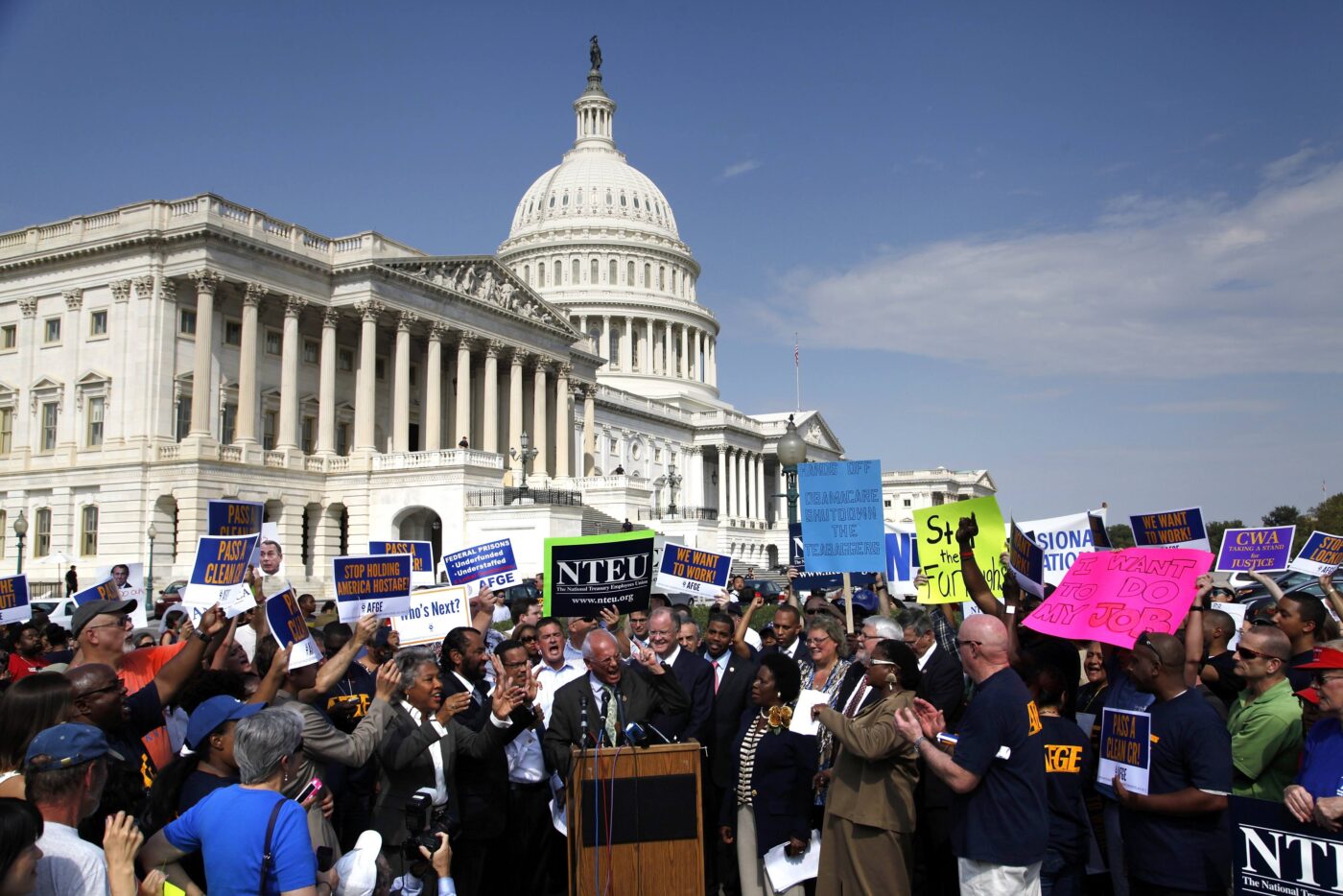In a last-ditch attempt to save the United States (US) economy from what could have been its first default, President Barrack Obama decided to raise the US debt ceiling on October 17. This ended the 16-day government shutdown that caused severe uncertainty in global markets.
Sensing the urgency of the situation, Obama, backed primarily by the Democrats, had the bill to reopen the federal government passed, arguably as a temporary fix to the problem. The bill was officially cleared on the 16th with a 285-144 vote in the Republican-dominated House of Representatives. 87 Republicans voted for the bill while 144 voted against it. All of the Democrats, on the other hand, voted for its passage.
The bill’s main focus was not only to prevent default, but to relieve federal workers from their unemployment, creating jobs for those who had been out of work since the beginning of the shutdown. Despite the urgency of creating jobs to increase growth in the stagnating nation, the resolution came not at, but after the eleventh hour.
Delays in legislative
The shutdown was brought about in part by the failure of the legislative branch to come to a decision with regard to the U.S. debt ceiling.
According to Dr. Benjamin N. Muego, a Filipino-American visiting professor of the Department of Political Science, “Every single year since 2011, the Republicans, prodded by their ultra right-wing ally, the Tea Party, have tried to defund or repeal the Patient Protection and Affordable Health Care Act that they derisively refer to as ‘Obamacare,’ despite knowing that it will not pass in the Democratic-controlled United States Senate and that President Barack H. Obama will surely veto it, just to make an ideological point and to indulge their deep hatred of the president.”
Muego further explained that the dichotomy in the legislative branch often causes delays in policy making.
Debates occurred in the legislative with the Democrats suggesting a temporary raise of the debt ceiling and the Republicans preferring to limit government spending. The goal of the debates was to find a way to prevent defaulting on government debt.
The debates were a reaction to an earlier problem wherein every tax cut since 2001 was set to expire on December 31,2012. This, along with the scheduled reduction in government spending, has given economists reason to fear another recession. The convergence of the two events has been dubbed the “fiscal cliff.”
However, the fiscal cliff was resolved with the passage of the American Tax Payer Relief Act of 2012 in early January. The act restructured the tax system to retain higher tax rates at higher income levels.
The root of all things
The recent crisis was also brought about by the ever-increasing foreign debt of the US.
“Even before the beginning of the century, the US federal government was already the biggest debtor nation in the world. However, it was sustainable in the sense the said government already had budget surplus,” said Dr. Luis Dumlao, the Chairperson of the Ateneo Economics Department.
He further explained that this long-standing budgetary system worked well for the US up until former President George W. Bush implemented “tax cuts particularly for the wealthy and the financing of two expensive wars, namely the Afghanistan and Iraqi wars.” This, according to Dumlao, was the root of this modern debt crisis.
This chain of events forced Obama into a debt hole immediately upon taking office, forcing his administration to quickly implement reforms. However, it is only a matter of time before the same issue arises again if it is not cured with a more permanent solution.
A Democrat solution
While the raising of the debt ceiling may temporarily allow the government to function, it is only a short-term solution.
Dumlao argued, “The long run solution is to raise the tax and making the tax system more progressive to pay the debt.” This is the solution that the Democrats have been pushing for.
A progressive tax system gives the government a larger federal budget, allowing for an expansionary economic policy, which the U.S. sorely needs to recover from the 2008 recession.
According to Dumlao, “The priority for the US and the rest of the world is quality job creation. Lowering the debt ceiling, thereby disabling government’s ability to spend in the midst of high unemployment and stagnating growth, is not the solution.” It must also be pointed out that the raising of the debt ceiling is nothing more than a temporary solution. It may even aggravate the problem after the raise’s three-month duration.
Therefore, the long run solution, according to Dumlao, is to “raise the tax and [make] the tax system more progressive to pay the debt.” This policy is therefore a countermeasure against the tax system that Bush implemented during his regime.




